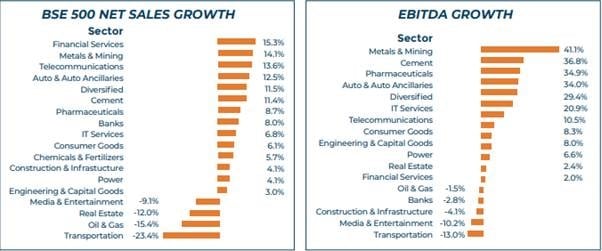Inflation leads to higher official interest rates, it affects the cost of funds, and therefore, the profitability of a large number of corporates.
Joseph Thomas
March 26, 2021 / 09:31 AM IST

The US bond yields have moved up quite sharply, the 10-year treasury has touched 1.60 percent and this movement is occasioned by the expectations of a higher price level in the United States. As economic recovery is happening at a swift pace, faster than expected, some amount of inflation would likely crop up. This has been confirmed by the Federal Reserve but chairman Jerome Powell also hinted that the rise in inflation would be transient. But, the market believes that the moment the price level rises, the Fed will start modifying the policy stance, though gradually. This is causing the current surge in yields.
The question is whether there will be inflationary pressures in the domestic economy too? Domestic inflationary pressures may rise if fuel prices continue to go up. Brent is going up and it is expected to climb higher and may hurt the Indian economy, as the country is a major crude importer.
The second-quarter corporate performance was good on account of operational efficiencies, whereas the third quarter reaffirmed improving earnings. In line with the preceding quarter, EBITDA margins also showed further improvement. The topline growth, too, reported healthy numbers, indicating improved demand conditions.
Most Nifty companies beat analyst estimates and after a fairly long gap corporates may witness a round of earnings upgrades, thereby partly allaying concerns about rich valuations. High commodity and oil prices may have a negative impact on some sectors. This may be aggravated if there is a rise in yields and consequently if the borrowing costs go up. These are factors to be considered while taking a look at the market.

Several studies have been carried out on inflation and market valuations, covering the US market over the last 150 years. These studies reveal that the optimal inflation levels are somewhere around 2 to 3 percent. Below the 3-percent mark but gradually rising inflation is the time when price-to-earnings (PEs) rise, the valuations rise and able to sustain at higher levels. But when inflation moves beyond 4 percent and continues to rise, valuations start falling gradually. Similarly, long-term data analysis proves that for inflation levels of 2 to 3 percent, equities provided positive real returns but above 3 percent inflation impaired the ability of equities to give positive real returns.
This impairment is due to just one factor—inflation leads to higher official interest rates or base rate, it affects the cost of funds and therefore, the profitability of a large number of corporates. When the cost of funds rises, the profitability of corporates comes down, their interest servicing capacity, too, gets hit. This is precisely why rising interest rates are considered the worst enemy of equity markets.
Disclaimer: The views and investment tips expressed by experts on Moneycontrol.com are his own and not those of the website or its management. Moneycontrol.com advises users to check with certified experts before taking any investment decisions.

